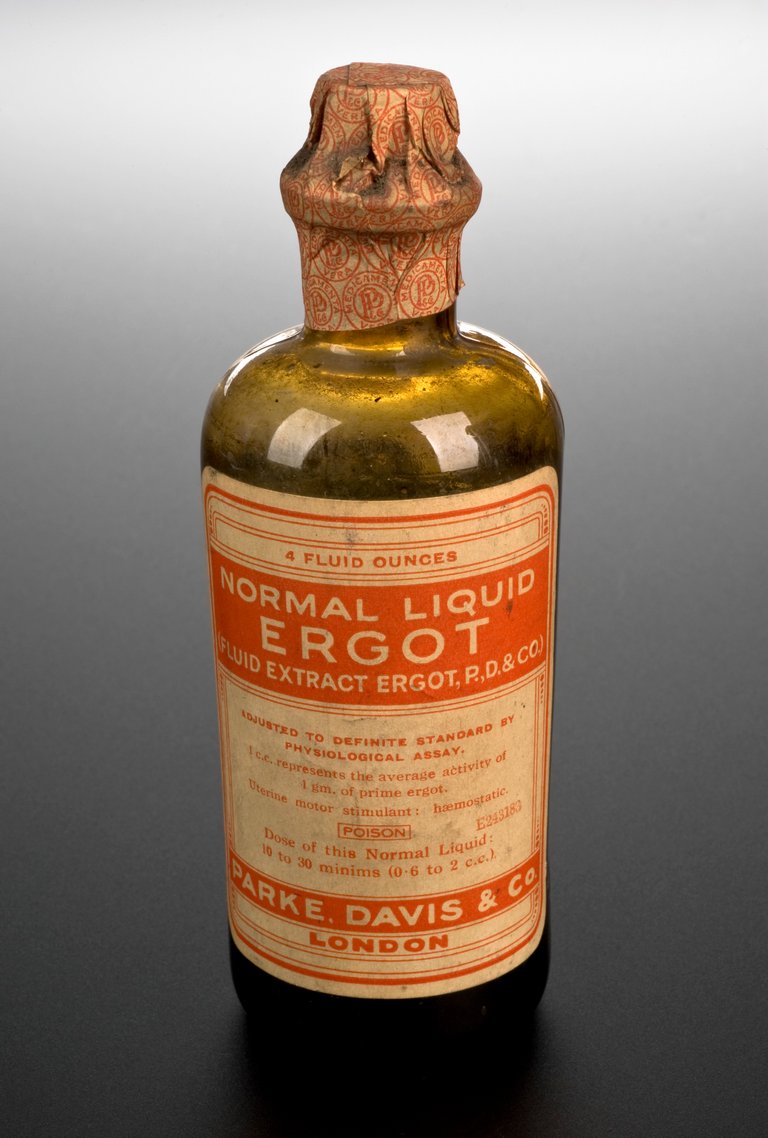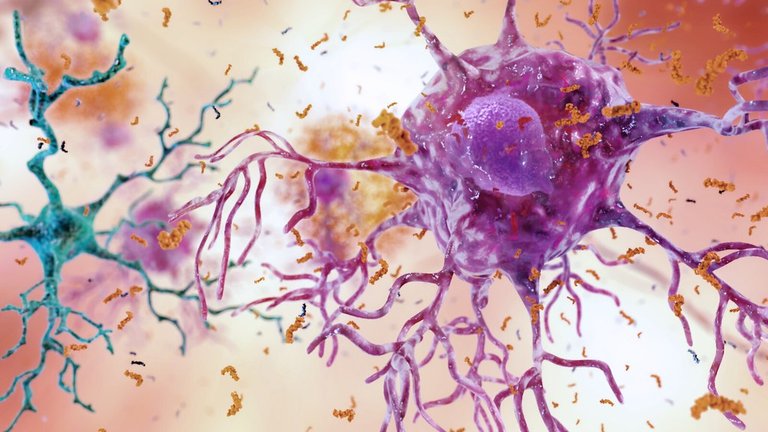The Dual Nature of Ergot: From Historical Poison to Modern Medicine
Medicine and Poison are intertwined. In fact, your medicine can become poison all that differs is the quantity. What do you think about having a sandwich for lunch, only to start feeling sick, having convulsion, muscle spasm and hallucinations. While this isn't common now, in the past it was quite common and happens as a result of rye flour contaminated with ergot which is a fungi.
Ergot fungi are filled with poisonous and psychoactive compounds, and although it is poisonous it also has its medicinal qualities including in the 16th centuries where it was used to induce labor, and in recent times that it is used as a therapy for Alzheimer's disease.
The Nitrogen-based compounds known as Alkaloids is produced by ergot to stop animals from eating them. Over 70 different alkaloids have been isolated from Ergot and these alkaloids can affect different parts of the body, from the circulatory system, to the neurological system including affecting the dopamine and serotonin neurotransmitter. An example of ergot alkaloid that people are familiar is Lysergic Acid (Diethylamide) which is known for its hallucinogenic properties.
In the 1500s, women began to use Ergot to induce pregnancy, after observing that pregnant pigs would go into premature labor after they ate rye contaminated with ergot. Although women used it to induce pregnancy, the child was at a risk of still birth, so this led to Ergot being used for stopping hemorrhaging after birth and in the 1930s, researchers were able to isolate the alkaloid Ergometrine which was responsible for stopping hemorrhaging. Ergometrine functions as a vasoconstrictor preventing rush of blood. Asides slowing the flow of blood, the fungi alkaloid is used to reduce symptoms of migraine.
In the past 100 years, ergot based therapies have been developed to treat different conditions including conditions like Parkinson's disease where the neurons that create dopamine breaks down. Using the ergot defense system which disrupt dopamine, researchers have been able to harness it for good to help the dopamine receptors send signals but when patients take this for a very long time, they have a high risk of developing Fibrosis.
Researchers have also been able to utilize Ergot alkaloids for therapies that treats diabetes and Alzheimer's disease. With Cycloset, researchers are looking into treating alzheimer's disease as it binds to TLR-4. Although this research is still relatively new, it is being worked on. If this works, then it will be the only single drug therapy to treat Alzheimer's disease.
The historical interplay between medicine and poison finds a fascinating representative in ergot fungi just as it has found itself in other compounds and organisms. From inducing labor in the 16th century to cutting-edge research on Alzheimer's disease today, ergot's complex alkaloids have played a pivotal role in both remedy and risk (Risk which can be very fetal). The delicate balance between therapeutic applications and potential hazards serves as a reminder that nature's offerings, even when seemingly contradictory, can hold valuable insights for medical advancements.
As researchers continue to unlock the mysteries of ergot alkaloids, the hope is to harness their benefits while navigating the associated risks, leading to innovative treatments and a deeper understanding of the intricate relationship between healing and toxicity. Until researchers are able to make convincing progress on alkaloids, including Ergot alkaloids, I will continue to be careful not to eat food containing hallucinogenic compounds.
Read More
https://www.ncbi.nlm.nih.gov/pmc/articles/PMC1637017/
https://www.ncbi.nlm.nih.gov/pmc/articles/PMC6640538/
https://www.frontiersin.org/journals/pharmacology/article
https://www.sciencedirect.com/science/article/abs/pii/0002937874903792
https://www.ncbi.nlm.nih.gov/pmc/articles/PMC6935658/
https://link.springer.com/chapter/10.1007/978-981-10-8022-7_39
https://www.thelancet.com/journals/lancet/article/PIIS1474-4422
https://www.ncbi.nlm.nih.gov/pmc/articles/PMC3405917/
https://journals.plos.org/plosone/article?id=10.1371%2Fjournal.pone.0279616
https://www.sciencedirect.com/science/article/abs/pii/S0166432816305654
https://www.ncbi.nlm.nih.gov/pmc/articles/PMC7437092/
https://www.ncbi.nlm.nih.gov/pmc/articles/PMC2875741/
https://diabetesjournals.org/diabetes/article/71



Thanks for your contribution to the STEMsocial community. Feel free to join us on discord to get to know the rest of us!
Please consider delegating to the @stemsocial account (85% of the curation rewards are returned).
Thanks for including @stemsocial as a beneficiary, which gives you stronger support.